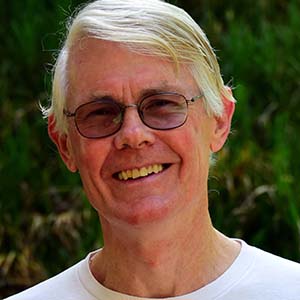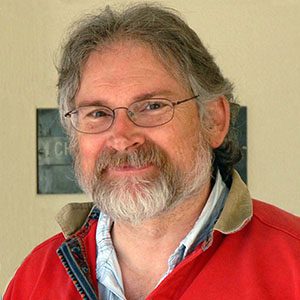Emeritus and Retired Faculty


Clifford M. Carlin, Ph.D.
Field of Interest: Chemical Instrumentation Specialist Dr. Clifford Carlin’s site


Thomas D. DuBois, Ph.D.
Field of Interest: Inorganic Chemistry Research Focus: Computational chemistry, computational materials and Supercomputing. – Lewis acid-base reaction chemistry and inorganic cluster compounds. – Photopolymers, photochemistry and lithography. – Materials processing and plasma chemistry. – Inorganic polymers and materials having unusual electronic properties. – Homogeneous and heterogeneous transition metal catalysts. – Microelectronic and Micromechanical Systems. DuBois […]

Daniel S. Jones, Ph.D.
Field of Interest: Physical Chemistry Research Focus: X-ray Crystallography: Determination of molecular structures by X-ray crystallographic methods. The technique of single-crystal X-ray crystallography can be used to determine the detailed molecular structure of chemical compounds. Because this is a completely general method, it can be applied to almost any compound of chemical interest, and is […]

Michael D. Murphy, Ph.D.
Field of Interest: Physical and Analytical Chemistry Research Focus: My research interests are related to the investigation of dynamics using nuclear magnetic resonance (NMR) spectroscopy. Past work includes the study of molecular rotation in crystalline solids, chain dynamics in amorphous polymers, and rate studies of exchanging spin systems. Current interests include reaction kinetics of anionic […]

Craig A. Ogle, Ph.D.
Education: B.S.: Otterbein College M.S.: University of Arizona Ph.D.: University of Arizona Post-doc: University of Lausanne, Lausanne, Switzerland Field of Interest: Organic Chemistry Research Focus: My research has centered on the preparation, reaction and structure of carbanionic species. We are currently preparing organometallic reagents as chiral auxiliaries for organic synthesis. We are preparing functional monomers […]

John M. Risley, Ph.D.
Education: B.S.: Ball State University, Muncie, Indiana Ph.D.: Purdue University, West Lafayette, Indiana. Post-doc: Purdue University, West Lafayette, Indiana Field of Interest: Biochemistry Research Focus: Studies of Glycosylasparaginase, the Enzyme Involved in the Most Common Disorder of Glycoprotein Degradation The catabolism of glycoproteins to the constituent amino acids and monosaccharides involves many different enzymes. While […]